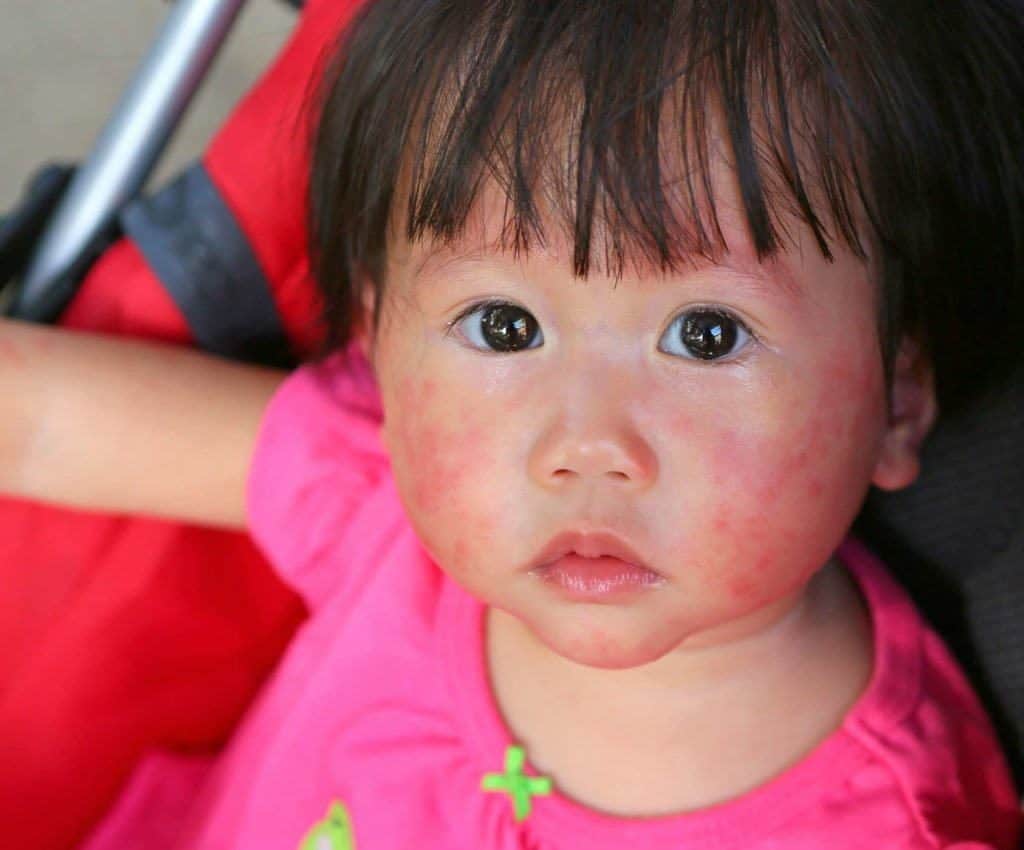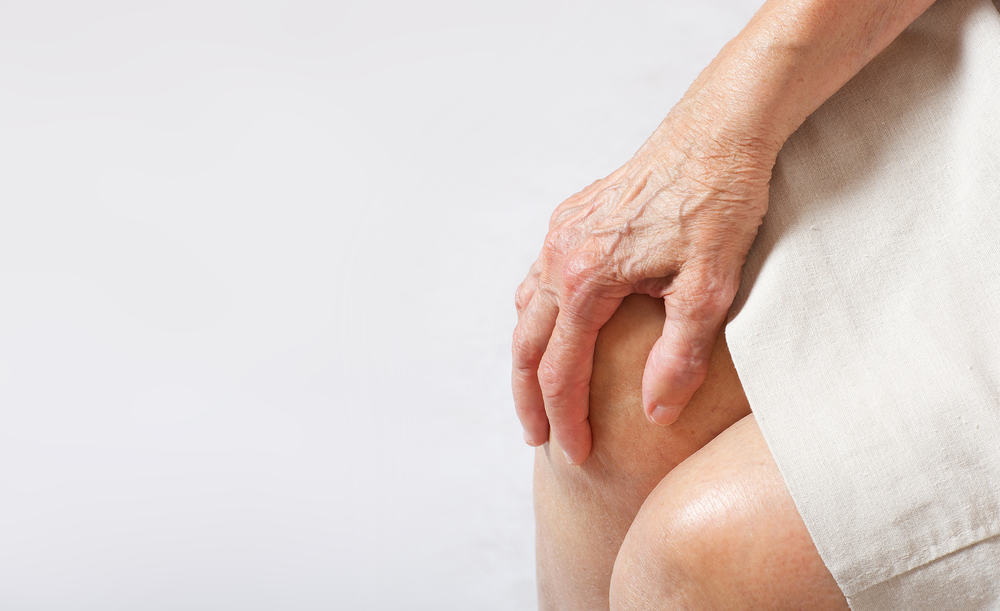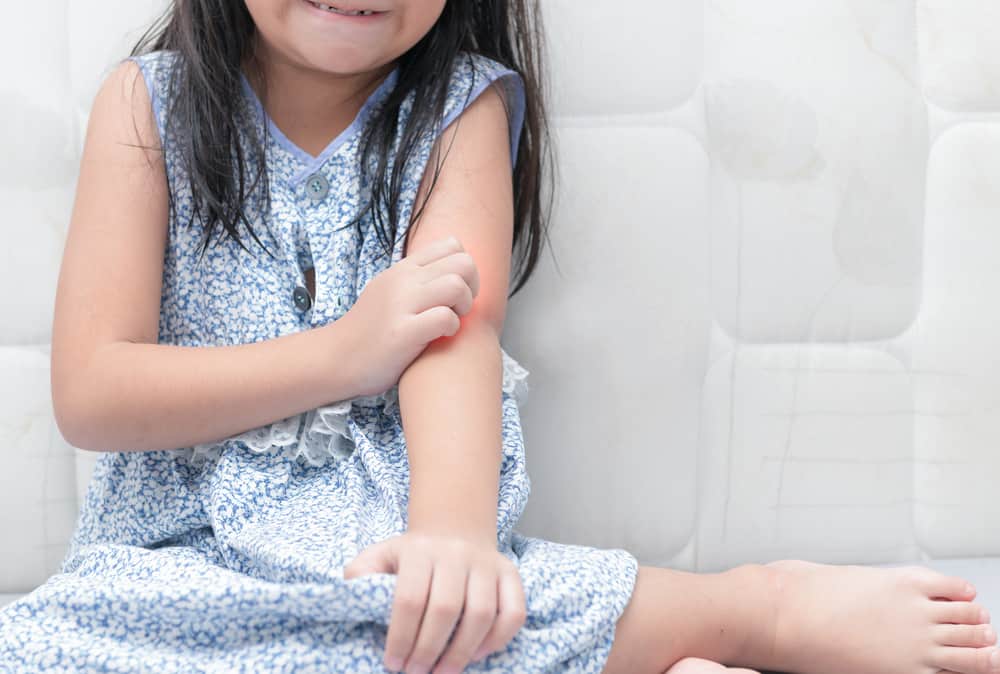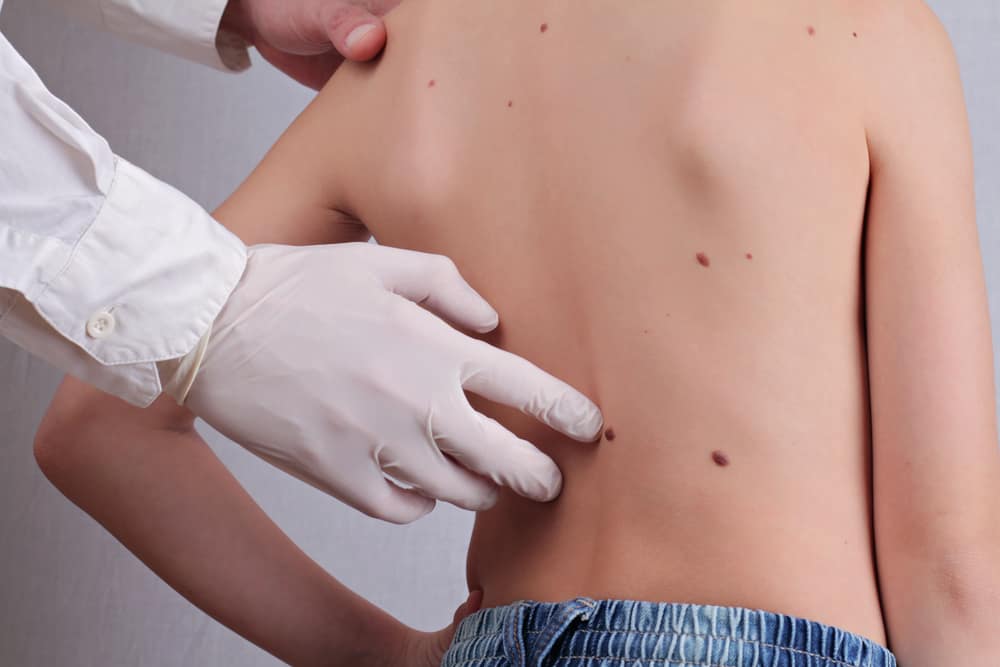Contents:
Medical Video: Ocular Rosacea Treatment, Triggers, Diet, Causes, Definition, and Cure
What is rosacea?
Rosacea is a chronic (long-term) disease that affects the skin and sometimes the eyes. The characteristics of this condition are characterized by redness, pimples and thickening of the skin at an advanced stage. Rosacea usually occurs on the face. Skin on the upper body is rarely involved. There are 4 subtypes of rosacea, each of which has its own symptoms. Rosacea has a characteristic red, small, pus-filled spots on the skin. A person can have more than one type of rosacea at the same time. Usually, rosacea only affects the skin on the nose, cheeks and forehead. This disease usually recurs in a cycle, which means you can experience symptoms for several weeks or months, then the symptoms disappear and then will return.
Types of rosacea
Subtype 1, erythematotelangiectatic rosacea (ETR), in the form of redness on the face and visible blood vessels.
Subtype 2, papulopustular (or zit) rosacea, is a lump like a zit and often occurs in middle-aged women.
Subtype 3, rhinophyma, is rare and is a thickening of the skin of the nose. It usually occurs in men and is accompanied by other rosacea subtypes.
Subtype 4 is ocular rosacea, and symptoms occur in the eye area.
Symptoms of rosacea
Signs of rosacea ETR (subtype 1):
- Facial redness
- Broken blood vessels that are visible
- The skin swells
- Sensitive skin
- Skin burning and burning
- Dry and rough skin
Signs of acne rosacea (subtype 2):
- It is like acne and very red skin
- Oily skin
- Sensitive skin
- Broken blood vessels that are visible
- Parts of the skin that arise
Signs of thickened skin (subtype 3)
- Skin texture that is not smooth
- The nose skin thickens
- The skin on the chin, forehead, cheeks and ears thickens
- Enlarged pores
- Broken blood vessels visible
Ocular rosacea signs (subtype 4)
- Red and watery eyes
- Eyes feel like sand
- Burning and sore sensation in the eyes
- Dry and itchy eyes
- Eyes are sensitive to light
- Cyst in the eye
- Reduced vision
- Broken blood vessels in the eyelids
What are the causes of rosacea?
The cause of rosacea is unknown. The possibility is a combination of hereditary and environmental factors. Some things can aggravate the symptoms of rosacea, such as:
- Spicy food
- Alcoholic beverages
- Helicobacter pylori bacteria in the intestine
- Demodex skin mites and Bacillus oleronius bacteria are carried
- Cathelicidin (a protein that protects the skin from infection)
How do you deal with rosacea?
Although there is no cure for rosacea, but rosacea can be handled and controlled. Dermatologists can usually handle rosacea. The goal of treatment is to control the condition and improve the appearance of the patient's skin. It takes several weeks or months of treatment until the patient feels changes in the skin.
Some doctors will prescribe topical antibiotics, which are applied directly to the skin. For patients with severe cases, doctors usually prescribe oral antibiotics. Lumps and "pimples" can respond to treatment, but the redness will be difficult to remove. Recently, topical gel was found which can reduce redness due to rosacea.
Hello Health Group does not provide medical advice, diagnosis or treatment.












